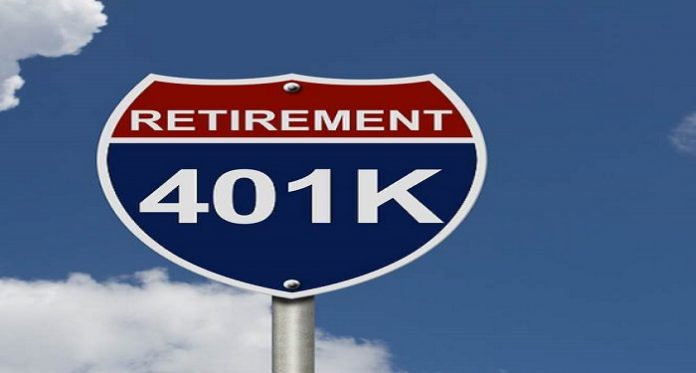How your 401k works after retirement depends on what you do with it. You can either decide to start taking qualified distributions or you can let your money continuously accumulate earnings.
Table of Contents
When can you start taking qualified distributions?
This largely depends on your age when you retire. If you retire after age 59, the IRS allows you to start taking distributions from your savings without having to pay for the 10% early withdrawal penalty.
You can decide to take non-periodic distributions or lump sum investments, depending on your company’s rules.
What happens once you start taking distributions?
Once you start taking distributions, the remaining money on your account will remain invested according to your previous allocations.
Taking distributions from a traditional 401(k) is subject to the income tax rate. On the other hand, if you have a designated Roth account, then the taxes are already paid and your contributions should not be subject to taxes upon withdrawal.
The “Age 55 Rule”
If you retire, or lose your job, at age 55, you can also avoid the 10% early withdrawal penalty for taking distributions out of your 401(k). However, this rule only applies to the 401(k) from your recent employer.
Are you required to take money out of your 401k as soon as you retire?
You are not required to take distributions from your 401(k) as soon as you retire. In fact, you can let your savings continue to earn investment income should you not need the savings immediately.
Moreover, you cannot continue to make contributions for a 401(k) held by your employer. If your account is more than $5,000, then your plan administrator is required to maintain your account at all means. Any amount less than $5,000 will trigger a lump-sum distribution. However, these instances are less likely to happen as people nearing retirement typically have hefty savings accrued.
Find All Ripple Currency, Ripple Reddit, Dharma Crypto, Bitcoin Surge, Nasdaq Crypto, XLM Wallet, JCT, Binance Crypto Hack, Ripple Coin News in TheOofy.com




